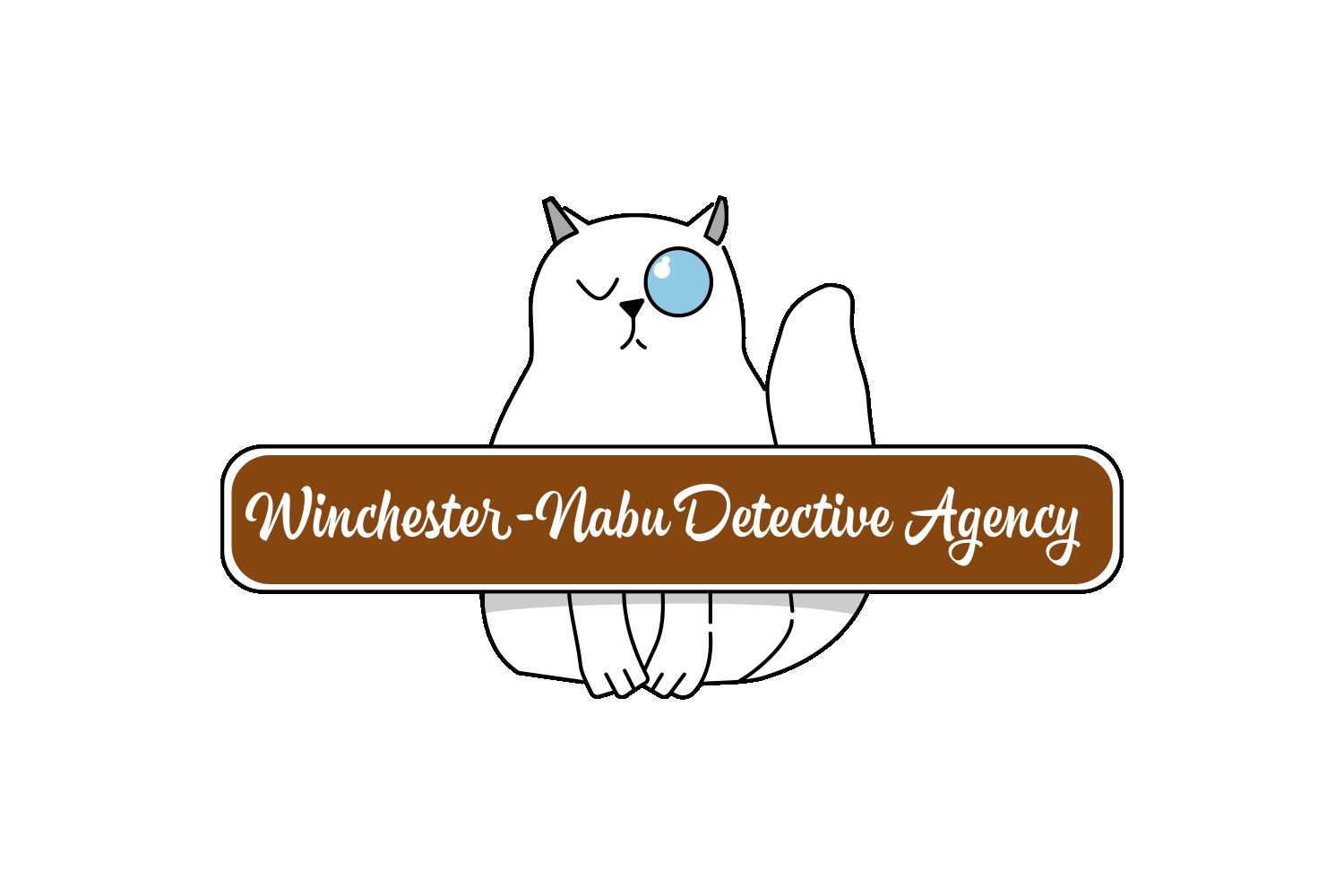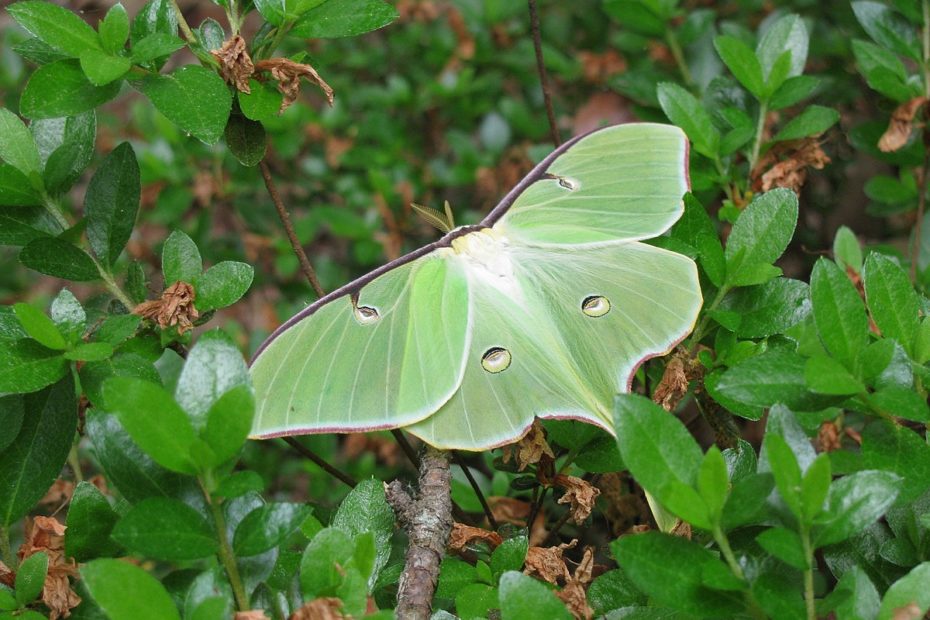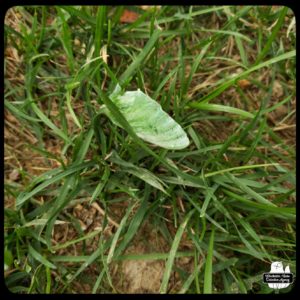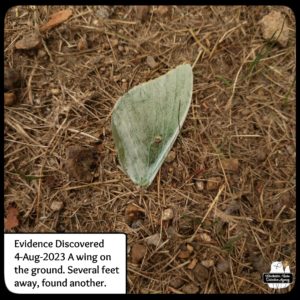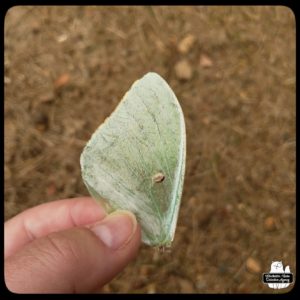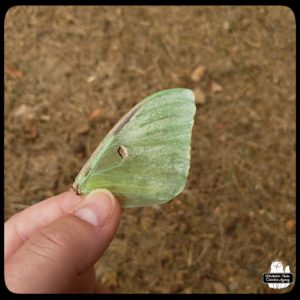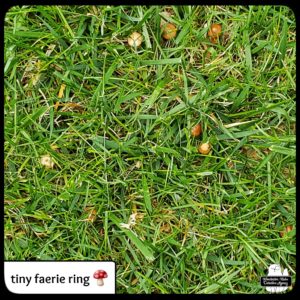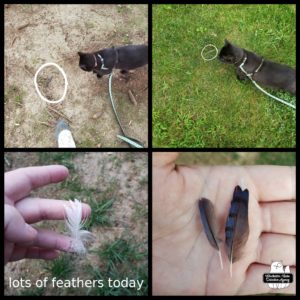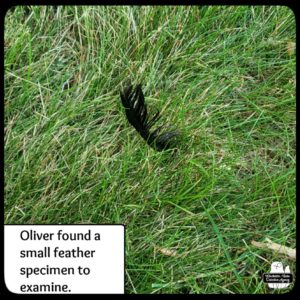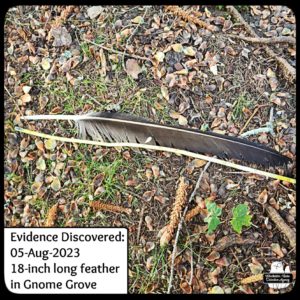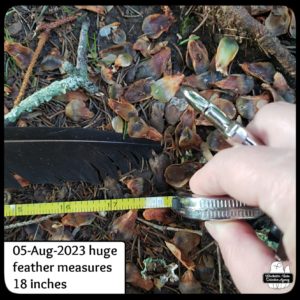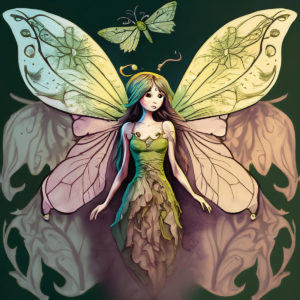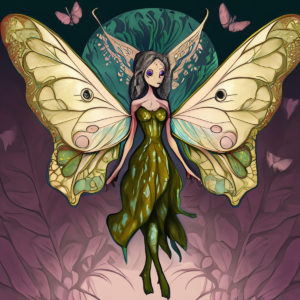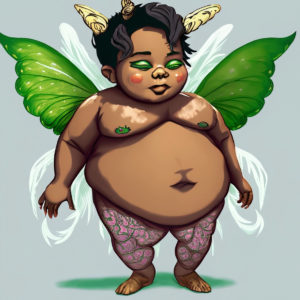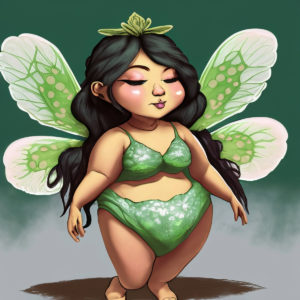This work is supported by the generous backers who adore my cat stories at Patreon.com/amberunmasked and they also get first access to what’s happening with my books and podcast.
Where We Left Off:
It’s our understanding that Christian Coopershawk would eat small birds, but we still don’t know what has happened to our chipmunks.
Wings of Desire:
Fairies are often categorized by color, but rarely does this mean skin color. In fact, most fairies are shown as Caucasian. I suppose that could be from their Anglo or Gaelic roots (and white supremacy in art!). I’ve only studied the fairies here in New Jersey and a few in Pennsylvania. Oliver has a strong relationship with our resident fairies. Gus will mingle with them and the gnomes, but he doesn’t get the same look in his eyes as Ollie. Oliver is usually better at communicating with creatures. He can be pretty vocal with other beings when he wants. Gus, on the other hand, talks mostly to humans and it’s almost always to demand something with a high-pitched baby cry.
I noticed the color association in childhood, I think. Even if I’ve never read the “classics” I’ve heard of the Blue Fairy many times. As an adult, I heard of the Green Fairy as a metaphor for the effects of one of my favorite drinks, absinthe. For the record, absinthe doesn’t make you hallucinate, but you can get extremely drunk quickly if you love that sweet licorice flavor. It seems that the naming of fairies using color identification comes from what they wear regardless if that’s human-style clothing or flower petals and other things from nature.
Another naming convention is based on what the fairy’s clothing comes from: if the clothing is made from sunflower petals, one might call that fae Sunflower or a Sunflower Fairy. Experts on this are artists like (the late) Cicely Mary Barker or Amy Brown. Anything you can recall from nature, probably has an associated fae family: bubbles, elements, acorns, leaves/trees, flowers, minerals, animals, etc.
If you’ve stayed with me so far, then you’ll love what Gus and I found! In one particular August week, Gus, Oliver, and I were finding so many feathers on the ground. The majority of them are blue jay feathers. A couple others surprised us!
Gus and I saw a lime green object which was of such a shade of green that it stood out from the dark forest green of the grass and the light brown of the dirt. It looked like something I never thought we’d get the chance to see—a Luna Moth. Sometimes they’re called American Moon Moths because they’re only found in North America. What we specifically found was a wing and I wasn’t sure what kind of wing it was because I honestly had no idea Luna Moths lived in New Jersey. Turns out, they do! But, is that what Gus and I discovered?
I thought it had to belong to a fairy. Gus didn’t have much of an opinion about it because the body of the creature was gone. To give you insight into what Gus finds interesting: he loves winged creatures like birds and cicadas when they’re alive and fun to play with. He’ll eat bugs which is great for me because I don’t want them alive around me. Gus trivia: One of his favorite midnight snacks is to catch and eat a cave cricket.
It was a remarkable stroke of luck that a few minutes later, Gus and I found a second wing! It was several feet away from the first. I carefully bagged them to take back for further study. The second wing has a tear. Both wings have the “eye” mark which is to trick predators into thinking its a bigger or different creature to predators. What kind of predators target these stunning creatures? Owls, birds, and bats to name a few. We have all of those here.
In earlier case files, we got to look at the wild mugwort growing behind the parked cars. It had been the home of Mantis cocoons, but, unfortunately, The Grumpy Old Man ripped all of it out thinking the mugwort was “just weeds.” It has regrown in the same place. Both mugwort and wormwood are types of artemisia. Mugwort is the common name for Artemisia vulgaris, while wormwood refers to Artemisia absinthium. You can probably guess which one is used as an ingredient in the delicious anise-flavored cocktail, absinthe.
This brings us back around to the notion of absinthe fairies. Do you believe in them? The cat detectives said that there is such as thing—in a way. The fairies are endowed with the spirit of wormwood and have a special link. Therefore, if you’re around the herbaceous plant, you might get lucky enough to see a few of them. The same holds true for the other artemisia in this case: mugwort. There are indeed fae folk associated and linked to the plants.
Back at the offices, we headed to our laboratory area. To see if there is any magickal residue on the wings, we can view them through enchanted lenses. Those lenses can be created for different tools: microscopes, binoculars, cameras, and eyeglasses—pretty much anything that takes a lens. Oliver, Gus, and I used a magnifying glass with this enchantment. It confirmed that the wings collected from the ground were from a fae not a moth!
Case Findings:
Gus and I found two bright green wings with false “eyes” which resemble a Luna Moth. We collected the specimens at the Winchester-Nabu lab with Oliver and determined that these are Mugwort Fairy wings.
Case Status: Closed
The cats and I found a lot of wings that week! Here are pictures of some of our other discoveries:
*Note: I am not a “fan” of AI generated stories or art that are based off of Large-Learning-whatever-they-call-it. That generally means, artists’ works are used to feed these machines in order to “train” them to create output and the artists have not consented to this and have not been compensated. Adobe, like other companies, is running some of their tools with AI options. Below, is an AI-generated image of a Luna Moth Fairy. The results gave mostly unusable images because the faces were horrendous. Only one had actual wings with the Luna Moth “eye” feature. Several had no legs or no arms. One had one stump that forked off into two lower legs at the knee joint. Just about all had creepy eyes or something unsettling about them. All of them had RBF (resting bitch face). I changed the text from “a fairy with luna moth wings in the style of Mucha” to “a fairy with luna moth wings” then “a fat fairy with green wings, white hair, dark skin” and that was…interesting. That last one was also the only prompt that produced masculine bodies.
This is also in Adobe Express’s beta which means it’s free for now but they will eventually have it in a membership-only option soon.
